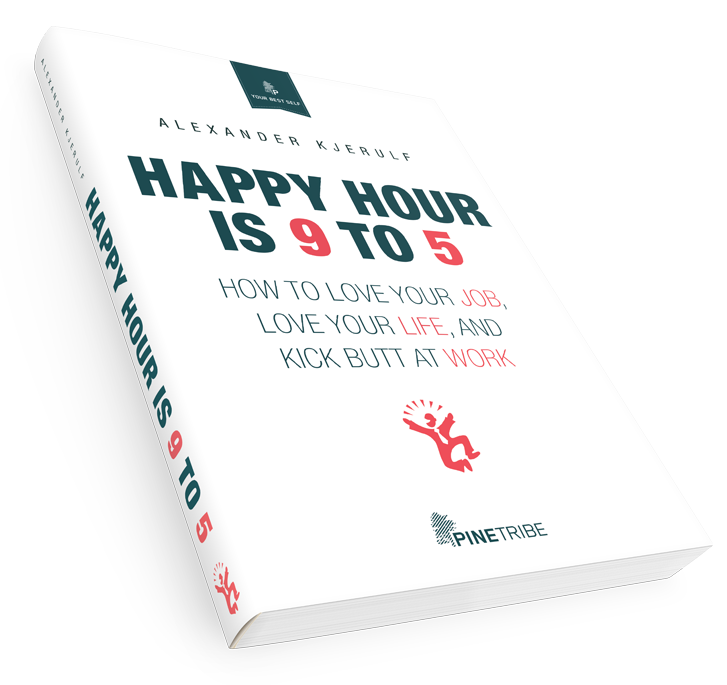
Though Jane enjoyed working as the sales manager of Wilbey & Sons, working with Scott, the financial manager, was a constant struggle for her. At every meeting, Scott would take great care to explain why all her ideas were unworkable. Also, Scott was constantly asking for sales projections and financial data from her and always wanted it in excruciating detail. Supplying these figures was taking up a large amount of her department’s already packed schedule. Frankly she thought, he was nothing but a dry, negative perfectionist.
Scott, on the other hand, thought that Jane was a maverick. She always had to interrup meetings with her harebrained schemes and whenever he asked her for the data he needed to keep the company finances in order, she would always stall and make him have to ask her again several times. Jane, he felt, was nothing but a happy-go-lucky, unrealistic show-off.
It got to the point where neither of them could stand to be in the same room together. The company clearly suffered under this conflict between two of its key employees and something clearly needed to be done. Fortunately the CEO had a simple but surprising solution.
I don’t know about you, but I hate conflicts at work. Spending my work days mad at a co-worker, trying to avoid that person and subconsciously finding fault with everything they say or do is not exactly my idea of a good time.
I used to be an expert at dodging conflicts on the job and I’m here to tell you that it just doesn’t work! What does work is biting the bullet and doing something about it here and now. I have seen what looked like huge, insurmountable, serious conflicts go “poof” and disappear into dust when handled constructively. I have also seen an itty-bitty molehill of a problem grow into a mountain that threatened to topple an entire company.
You can’t win a conflict at work. Winning a conflict ie. getting the outcome you want regardless of what the other person wants can be gratifying, sure, but the problem is that the underlying issue has not been solved. It will simply reappear later over some other topic. Much better than winning a conflict at work is resolving it.
And the price of inaction is high, because unresolved, long-running conflicts result in antagonism, break-down in communications, inefficient teams, stress and low productivity. In short, unresolved conflicts make people terribly unhappy at work.
With all of this in mind, here are five essential steps to constructively resolve conflicts at work. The steps can be applied to any kind of conflict between co-workers with maybe one exception – read more at the end of the post.
(more…)




 Eurogel, the first european edition of the GEL conference, is happening in Copenhagen on august 31st and september 1st.
Eurogel, the first european edition of the GEL conference, is happening in Copenhagen on august 31st and september 1st.  My driving force in business has always been enthusiasm. I’m easily amazed and get curious and fired up about many different things. In fact, I refuse to work on anything that does not grab me in that way.
My driving force in business has always been enthusiasm. I’m easily amazed and get curious and fired up about many different things. In fact, I refuse to work on anything that does not grab me in that way.





